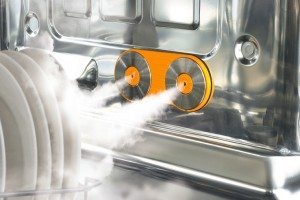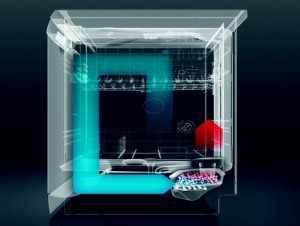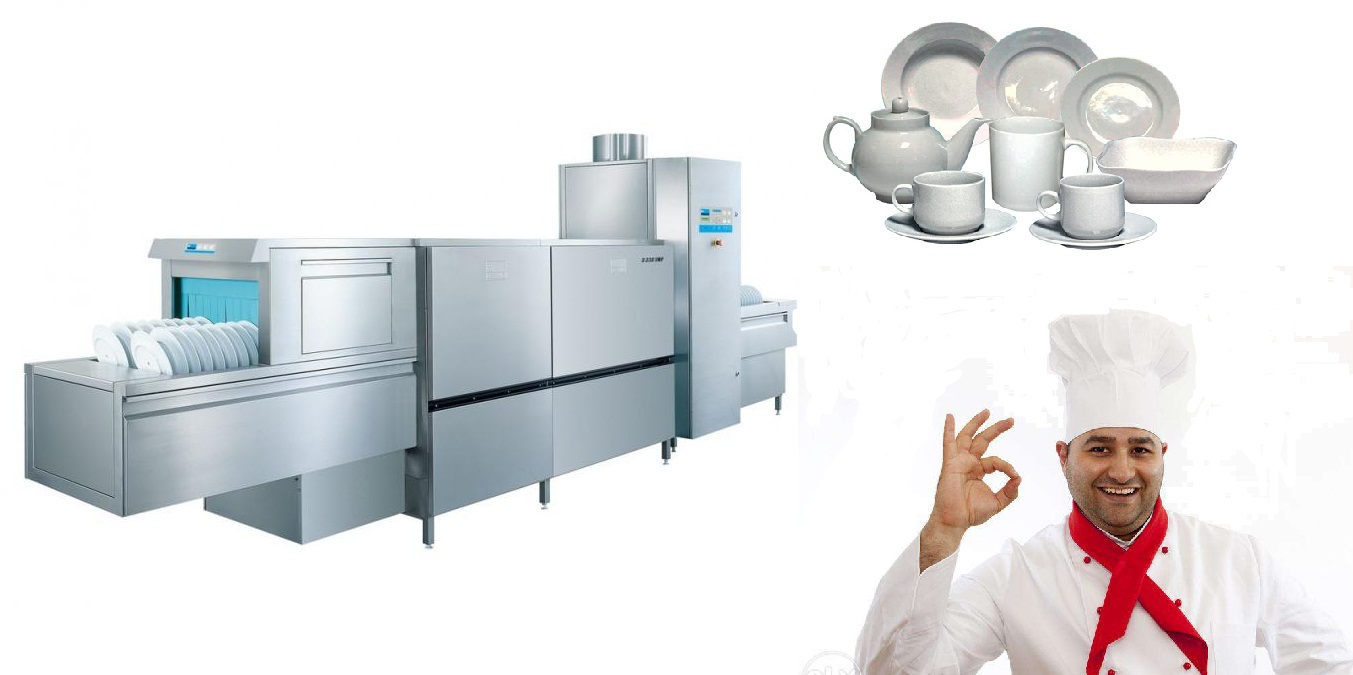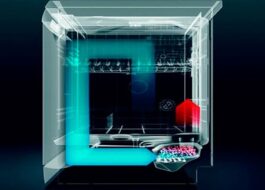Types of drying in dishwashers
 The last stage that dishes go through in the dishwasher is drying. There are several types of drying, differing in the principle of action and, accordingly, duration. We decided to describe each type of drying in detail, find out which is better, pointing out their pros and cons.
The last stage that dishes go through in the dishwasher is drying. There are several types of drying, differing in the principle of action and, accordingly, duration. We decided to describe each type of drying in detail, find out which is better, pointing out their pros and cons.
Condensation drying type
The most common is condensation drying, which can be called natural. It is carried out by smoothly cooling the dishes after rinsing them in hot water. The steam emanating from the dishes hits the cold walls of the dishwasher tank and condenses. The resulting drops are collected in a special container. Condensation drying has the advantage of being the most economical drying option. Minus: you have to wait a long time for the dishes to dry, which is why many people start the machine in the evening, allowing the dishes to dry until the morning.
Convection drying
Convection drying, also called turbo drying, is carried out using hot air forced by a fan. Thanks to this technology, drying is much faster, which is its advantage. But in order to supply this air into the chamber with the dishes, it has to be heated with a special heating element, and this means additional energy costs. Many people note that they do not always use heat drying, turning off the dishwasher after the last rinse cycle.
Turbo drying is found in both expensive models and cheap dishwashers, for example:
- Electrolux ESF 9420 LOW – 21 thousand rubles;
- Korting KDI 4530 – 23 thousand rubles;
- Smeg ST2FABNE2 – 93 thousand rubles;
- Miele G 4263 Vi Active – 57 thousand rubles.
Conclusion! The presence of turbo drying does not affect the cost of the dishwasher.
Intensive drying
This type of drying requires the presence of a heat exchanger in the dishwasher. The air inside the washing chamber moves during the drying process not due to the fan, but due to the pressure difference. Around the body of the machine there is a heat exchanger, inside of which there is cold water, but inside the machine, on the contrary, it is hot, and this is where this difference in pressure occurs. Moreover, next to heat exchanger There is also an air collector, thanks to which air flows occur.
Intensive drying is much better than condensation drying, but it is slower than convection drying.
Zeolite drying
This is a new technology that makes it possible to use minerals as a heat source. Under the bottom of the dishwasher tank, a reservoir with a mineral (zeolite) is installed, into which moisture enters during the evaporation process. When exposed to moisture, the zeolite heats up, releasing heat. This heat then enters the dishwasher tank, which is why the dishes dry well. After drying is completed, there will be no steam when you open the door, and this is another advantage of this dryer.
During the operation of the dishwasher, zeolite will not lose its properties. Zeolite drying technology is currently only available in premium dishwashers, for example:
- NEFF S 51T65 X2EU;
- NEFF S 41T65 N2EU;
- Bosch SMV 69 T 70 RU.
Intelligent Drying
 Another modern drying technology is Sensor Dry. It was first used in Miele dishwashers (MIELE G4263VI ACTIVE, Miele G4263Vi). The essence of this drying is that a special touch sensor is installed in the machine, which measures the temperature outside the dishwasher (in the room).
Another modern drying technology is Sensor Dry. It was first used in Miele dishwashers (MIELE G4263VI ACTIVE, Miele G4263Vi). The essence of this drying is that a special touch sensor is installed in the machine, which measures the temperature outside the dishwasher (in the room).
If the temperature in the room is high, the air flow in the dishwasher chamber is turned on. If the temperature is low, the final rinse water is heated to a higher temperature.
Drying class
The drying class in a dishwasher determines its quality, class A is the highest - the dishes come out dry, class B assumes that drops of water may remain on the dishes. Modern machines have drying class A, we have not seen others, and this does not depend at all on the type of drying.
But in practice, users note that in machines with condensation drying, dishes do not always dry well, although they have class A. Hot air drying is better in this regard, and intense drying is optimal.
Thus, which type of drying is best for you, decide for yourself. If time is valuable, then without any options, take a model with turbo drying. If the result is important, but at the same time you want to save on energy, take a dishwasher with zeolite or intensive drying. It doesn’t matter how long it takes for the dishes to dry, there are quite a few dishwashers with condensation drying, choose any one.
Interesting:
Reader comments
- Share your opinion - leave a comment
Categories
Washing machine repair


For buyers

For users

Dishwasher


















Add a comment